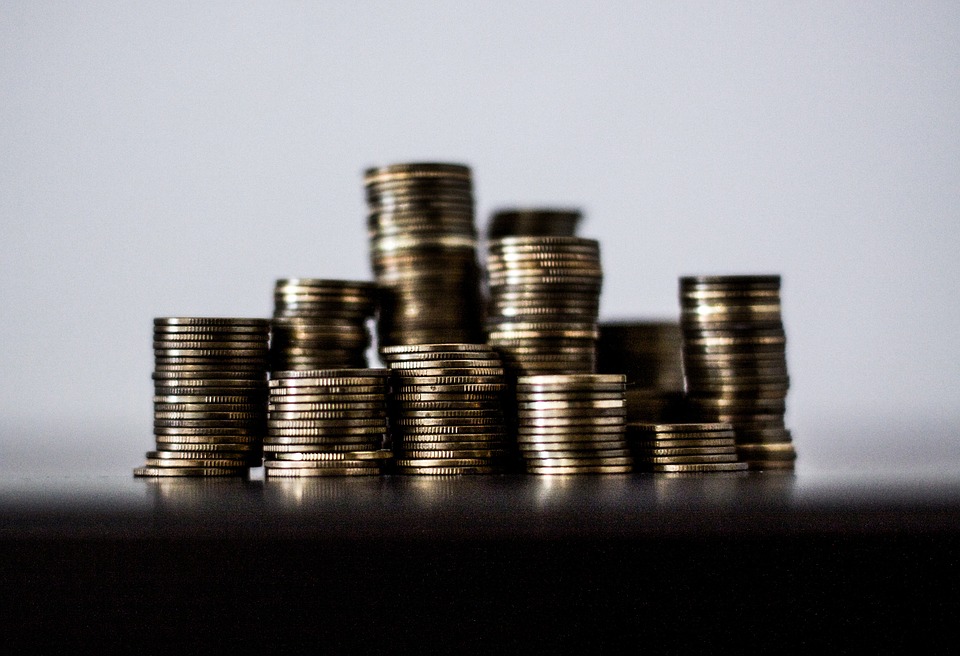Cannabis may bring Thailand up to $687 million
Thailand’s relationship with hemp is one of the highest and lowest. Cannabis has long been used in traditional Thai medicine and cooking. But the possession, sale and use of it banned in 1934.
By the 1980s, Thailand had become one of the leading exporters of this plant, to U.S. dismay. As a result, the U.S. convinced the country of Southeast Asia to join its campaign against cannabis, thus, in fact, putting an end to the illicit trade between the two countries.

In 2016, Justice Minister Paiboon Kumchaya announced that the war on drugs had been lost. And the attitude towards cannabis had changed. The legalization of marijuana for medical use in December 2018 was a landmark event. “Thai cannabis will soon be the global industry’s profit leader, like Swiss watches or Apple smartphones,” said Jim Plamondon, vice president of marketing at Chiang Mai.
Thailand’s new Minister of Tourism and Sports, Pipat Ratchakitprakan, has high hopes for economic benefits from weed tourism. ” We would like to provide medical tour packages, such as detox, Thai massage and other wellness courses that use marijuana substances,” he said.
The Tourist Board stated that the agency was committed to promoting medical marijuana to create “quality tourism”. This means a costly visit by visitors from Europe and America. The main source of the market, China, fell amidst the Sino-American trade war.
Hemp tourism is on the rise all over the world. The industry is expanding by a billion dollars as the direction from Barcelona to Lisbon weakens the rules. Researchers estimate that by 2024 the Thai cannabis industry could grow up to $687 million. “A regulated licit cannabis market can be a transformative factor for the Asian economy. From a financial point of view, the legalization of cannabis can stimulate sustainable economic growth throughout the region. This growth will be supported by both local and international demand,” Darag Anglim, the managing director of the ban, told us about it.
Thailand has a good chance of taking the lead in marijuana cultivation in Southeast Asia.

